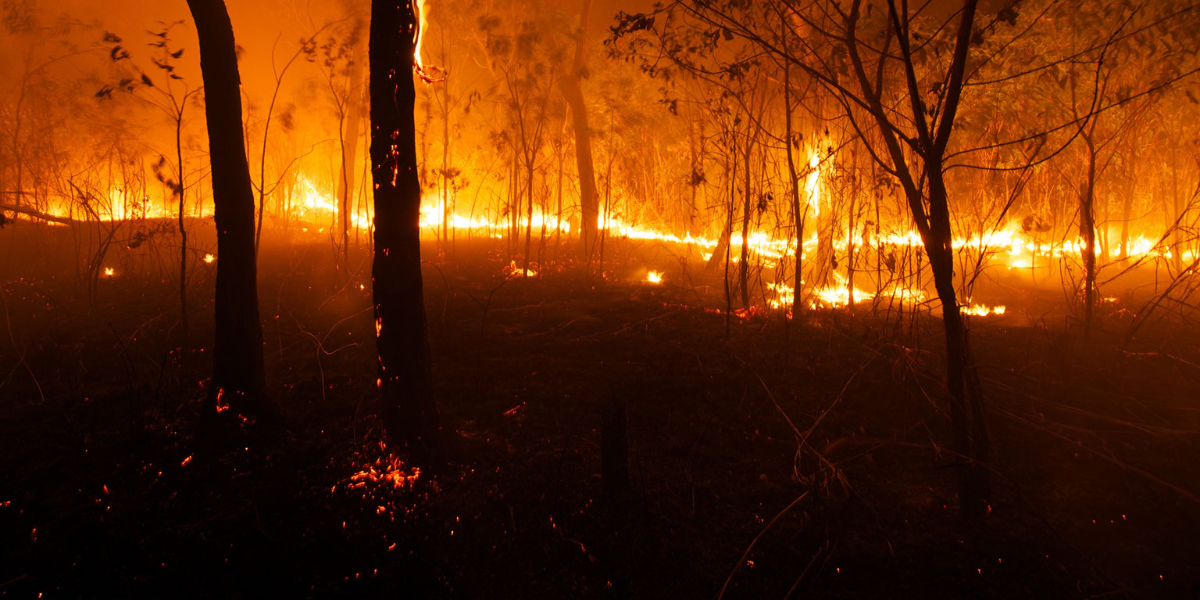The NSW Government has now responded to all 76 recommendations from the NSW Bushfire Inquiry, transforming the state’s ability to prepare, respond and recover when bushfire strikes.
The final report on the inquiry has been tabled in NSW Parliament, providing an update on the Government’s response and recognising the impact of the fires on the community.
The inquiry, established in the aftermath of the devastating 2019-20 bushfire season, identified dozens of ways to improve the state’s bushfire response and protect NSW communities.
The 2019-20 bushfire season was among the worst in recorded history, destroying more than 2,000 homes and burning 5.5 million hectares across the state.
“The 2019-20 bushfire season was devastating for our communities, our homes, our emergency services and our national parks.” said Minister for Emergency Services Jihad Dib.
“We’ve listened to the experts and have acted on every recommendation from the NSW Bushfire Inquiry. Some long-term initiatives will take some time to complete but are already well underway.”
In NSW, 26 people lost their lives, including four NSW RFS volunteers and three contracted air crew. Each one of these deaths was a tragedy and greatly affected families, communities and emergency services.
Since 2020, the NSW Government has overhauled bushfire policy, preparedness and response, and is acting on all 76 recommendations from the inquiry, including:
- Delivering over 1,000 new and refurbished trucks to protect our firefighters. Many of these trucks are equipped with advanced safety and firefighting technology to support capability, safety, and effectiveness.
- Embedding the nationally consistent three-tier Australian Warning System.
- Protecting our native wildlife by building the skills of almost 6,000 personnel involved in wildlife first response through practical training.
- Boosting the Public Safety Network by an additional 536 sites, which now covers almost 100 per cent of NSW’s population. The Public Safety Network is our first responder radio network and is one of NSW’s most critical communications networks.
- Strengthening our firefighter and land management capacity by recruiting and training over 500 additional personnel to protect our communities from bushfires.
Priority recommendations were implemented in the immediate aftermath, with long-term recommendations all now underway.
“These improvements – from technology, trucks and training to community engagement and volunteer support – are already making a real difference across the state.” Said RFS Commissioner Trent Curtin.
One of the recommendations, night-time waterbombing, was achieved this week when the RFS-owned CH47D Chinook helicopter was successfully deployed to a major bushfire near Lithgow.
Ahead of the 2026 bushfire season, fire agencies across the state are already deploying the latest bushfire science and technology alongside traditional knowledge and ancient land care practices to protect communities.
Agencies and land managers continue to take every available opportunity to undertake hazard reduction burning wherever conditions allow and address potential bushfire hazards at the source.
Aircraft can be pre-positioned in 19 strategic locations around the state, ready to respond to fires alongside ground crews on days of heightened bush fire danger.
While this marks a major milestone in ensuring that NSW communities are safer from the impacts of bushfires, the NSW Government recognises there is always more that can be done, and challenges persist.
“We will continue to focus our efforts on investing in projects like the Bushfire and Natural Hazards Research Centre to support data and evidence-based approaches to managing bushfires, and in embedding knowledge and expertise of our oldest living culture through NSW’s Cultural Fire Strategy,” said Dib.
“Together, these reforms ensure NSW is better equipped than ever to protect lives, property and the environment in the face of future bushfire threats.”
Like what you’re reading? Support New England Times by making a small contribution today and help us keep delivering local news paywall-free. Donate now

